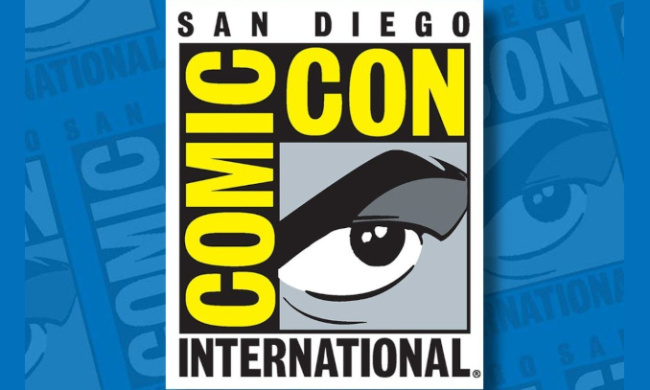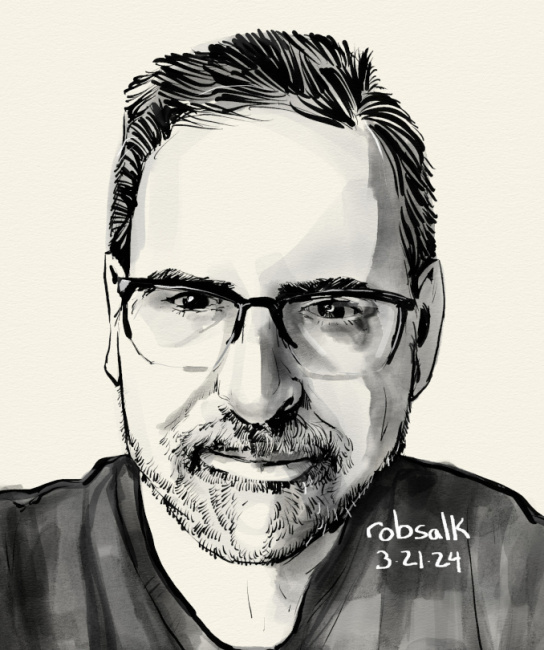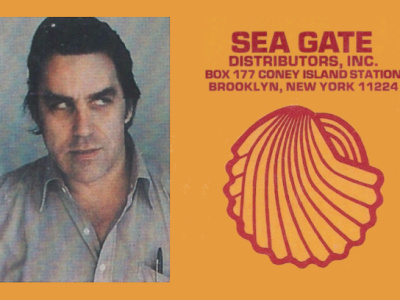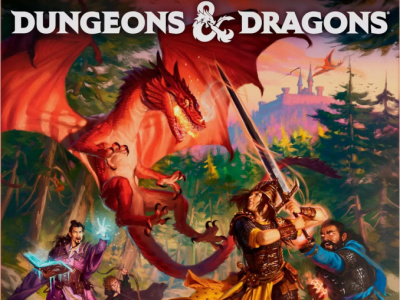If this year's San Diego Comic-Con had a theme song, it would be REM's indie-rock classic "It's the End of the World As We Know It (And I Feel Fine)." Like that tune, SDCC 2025 rattled through a high-velocity litany of pop culture distractions with its usual exuberance and exhausting joy, while staring squarely in the face of some existential issues for the industry and beyond.
Stability amid uncertainty. There was a lot of heavy stuff in the air ahead of this year’s show: the Diamond bankruptcy, which has left smaller and mid-tier publishers in a tough spot; ongoing headaches in videogames, movies and streaming; uncertainties around tariffs and reluctance of foreign visitors to come to the U.S.
Comic-Con responded by giving us exactly the same show they do every year when it comes to the exhibit hall, surrounding events and attractions, and programming, outside of the variables of studio participation. There were lots of announcements, lots of parties, lots of networking. The biggest hiccup was an escalator snafu on Thursday morning that was promptly handled by the facilities staff. Far from being boring, the normal SDCC routine was oddly comforting, at least to this long-time attendee.
Highs and Lows. Hall H was relatively quiet this year in the absence of Marvel Studios, Warner Bros and several other big franchises. Streaming properties like Alien: Earth, Star Trek: Strange New Worlds, Peacemaker, Comedy Central's Adult Animation and Predator took full advantage of their absence, as did a couple of feature films that might not have warranted the big stage in other years. George Lucas's first Comic-Con appearance to promote his new Museum of Narrative Art brought the house down Sunday morning.
Without competition from Galactus-scale attractions in the big room, smaller panels had better attendance and the exhibit hall was busy, particularly on Thursday and Friday. A bunch of artists, publishers and collectible dealers I spoke to reported strong sales or complete sellouts, especially of pricey deluxe editions. Toy exclusives did good business, with lines at the major booths throughout the show. A bunch of people I spoke to compared this year to 2023, when the Hollywood strikes kept Hall H at bay. (see "This Year in San Diego, We Got the Comic-Con We Deserved").
There were a few notable absences on the exhibit floor, including a giant missing Diamond Comic Distributors booth at 2401 and the space allocated to publisher DSTLRY, which only recently sorted its post-Diamond distribution plans. There were also a smattering of "zombie" booths on the show floor devoted to properties that have not been active for many years. I guess that real estate is too valuable to give up, even if you haven't put a new book out in a decade.
The hotel battle is not over. Last year, tensions between the Con and San Diego hotels burst into the open, as happens periodically when the Con is renegotiating its lease and seeking leverage. The result was two one-year extensions, the latest signed in January, keeping the Con in town through 2027, but apparently all is not rosy.
When I spoke to David Glanzer, SDCC Chief Strategy and Communication Officer, ahead of the show last month, he alluded to issues of hotels not following through on commitments made during the negotiations. "There was a concerted effort to meet our room block numbers, but I believe we did not meet them," said Glanzer. "It was coming down to the wire and we had to weigh the lead time to produce a show in another city. I'm not saying that we can't go to another city and that we’re just going to sign as a default. But we appreciate they tried to meet our needs.”
Asked about whether they would ever sign a longer term deal, Glanzer said conditions with the hotels and the city were subject to change, so it was in everyone’s interests to keep the agreements to a narrower time horizon.
Glanzer frames this as an issue of pricing out attendees, but it also impacts exhibitors like the major studios, conspicuous in their absence, who are tightening their own belts and are unlikely to relish being seen as marks to be exploited by local hotels. San Diego, already super-expensive, definitely sees SDCC as the golden goose. And we all know what happened to the golden goose.
Belt-tightening or showcasing? The "party at the end of the world" vibe to this year's Comic-Con was not limited to the events of the show, but also to concerns about the future of Comic-Con itself.
It's no secret that missing two Comic-Cons and two Wonder Cons during the pandemic years 2020 and 2021 took a huge bite out of CCI's financial reserves. The organization's cash on hand shrank from nearly $25 million in 2019 to around $13 million at the start of 2022, according to the tax returns. That necessitated cutting back on luxuries like carpeting on the exhibit floor and a printed souvenir book, which were nice-to-haves that differentiated SDCC from competitors but were arguably not central to the show experience.
By the end of 2023, the last year of returns currently available, CCI had made up ground, with net income of $5 million. If the organization did the same or better in 2024, that would put their nest egg nearly back to pre-pandemic levels. CCI also opened new sources of income by licensing the Comic-Con name to a cruise and a new show in Malacca, Spain, slated for September.
This year's Con continued to show attention to cost savings, with little corner-cuts evident here and there to longtime attendees and little to no hope of old amenities ever returning. That behavior is to be expected from a commercial show with an obligation to maximize profits, but SDCC is a non-profit with a public mission. Were they just being their usual financially-conservative selves?
At the talkback session, Glanzer fielded a question about the potential impact of the Los Angeles Summer Olympic games, taking place in July 2028 120 miles to the north. He said the board has already been discussing this, including the potential impact on international travel through LAX, traffic and tourism in general, and mentioned the support that fans had shown for the 2021 Special Edition, held over Thanksgiving weekend.
If the Con is considering relocating the 2028 show in either time or space, then it is definitely prudent to keep costs low and maximize those cash reserves, even three years ahead of time.
There’s another possibility we may someday need to consider. It is uncommon but not impossible for a nonprofit organization to have its assets or operations acquired by a for-profit business. We saw some version of that in 2021, when FanExpo acquired Denver Pop Culture Con from Pop Culture Classroom, the NGO that founded it. In that scenario, we would expect the organization to reduce operating costs, grow revenue and hoard cash to make itself appealing to potential suitors.
This is fine. SDCC remains as expensive, chaotic and exhausting as ever, whether the big studios show up or not. But it also serves as a beacon of escapism in tough times, and a priceless opportunity for the industry and fan community to check in on each other.
No one knows what the future holds. Sometimes you just have to sit down and enjoy your coffee while the flames burn around you.
The opinions expressed in this column are solely those of the writer, and do not necessarily reflect the views of the editorial staff of ICv2.com.
Rob Salkowitz (Bluesky @robsalk) is the author of Comic-Con and the Business of Pop Culture, a two-time Eisner Award nominee, and a proud longtime contributor to Eisner-nominated ICv2.










